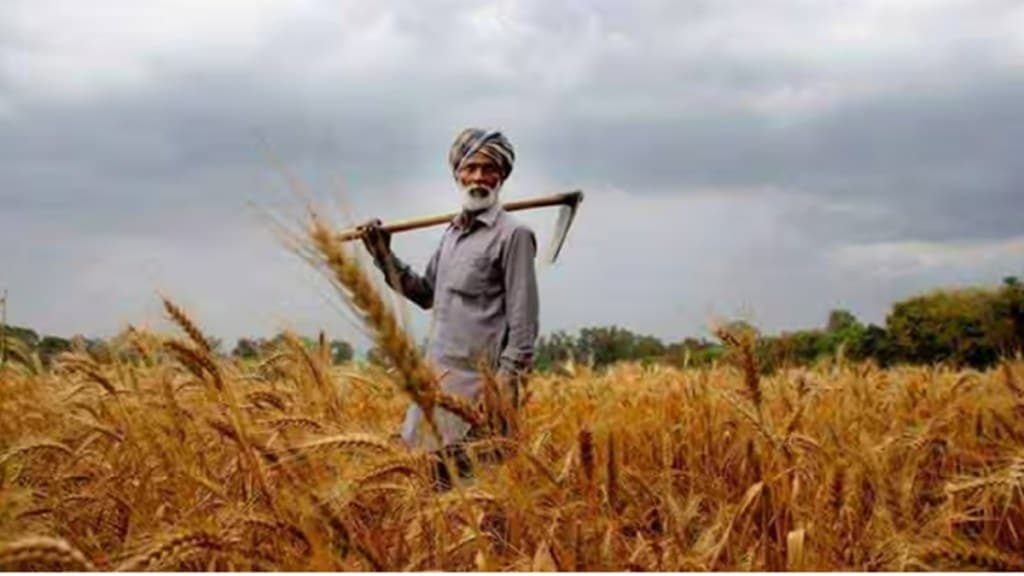The India Meteorological Department (IMD) on Thursday announced complete withdrawal of southwest monsoon from the entire country four days later than the normal date of October 15.
The southwest monsoon, which accounts for more than 75% of the annual rainfall, had commenced withdrawal from southwest Rajasthan, signalling the end of its four-month (June-September) journey.
“With the setting in of easterlies / northeasterlies over southern peninsular India, northeast monsoon rainfall activity is likely to commence over the southern peninsular region in the next 72 hours. However, the initial phase of the northeast monsoon in general is likely to be weak,” met department said in a statement.
The monsoon entered the Kerala coast on June 8, the most delayed arrivals in the last four years. This year it covered the entire country on June 2 against the normal date of July 8.
On September 30, the monsoon season this year officially ended with the country receiving rainfall just below the normal range at 94.4% of the benchmark – long period average (LPA) with factors like positive Madden Julian oscillation and Indian Ocean Dipole countering the adverse effect of El Nino conditions.
This year’s monsoon was not only the weakest in five years but was also marked by uneven distribution of rains across four months. Overall rainfall in June was 91% of LPA followed by a hugely surplus rainfall in July at 113% of the benchmark. In August, the rainfall was lowest since 1902 at only 64% of LPA , while September precipitation was surplus at 113% of normal benchmark.
IMD classifies ‘normal’ rainfall between 96% and 104% of LPA. Rainfall between 90%-95% is considered ‘below normal’ while precipitation below 90% of LPA is termed ‘deficient’.
Monsoon rains play a crucial role in boosting kharif or summer crops — paddy, pulses, oilseeds, cotton and sugarcane production. It also ensures adequate soil moisture when farmers begin planting rabi, or winter, crops such as wheat, chana (gram), mustard and lentils.
India’s foodgrain production rose by 4% on year to a new record of 329.68 million tone (MT) in the 2022-23 crop year. The target for 2023-24 is marginally higher at 332 MT.
